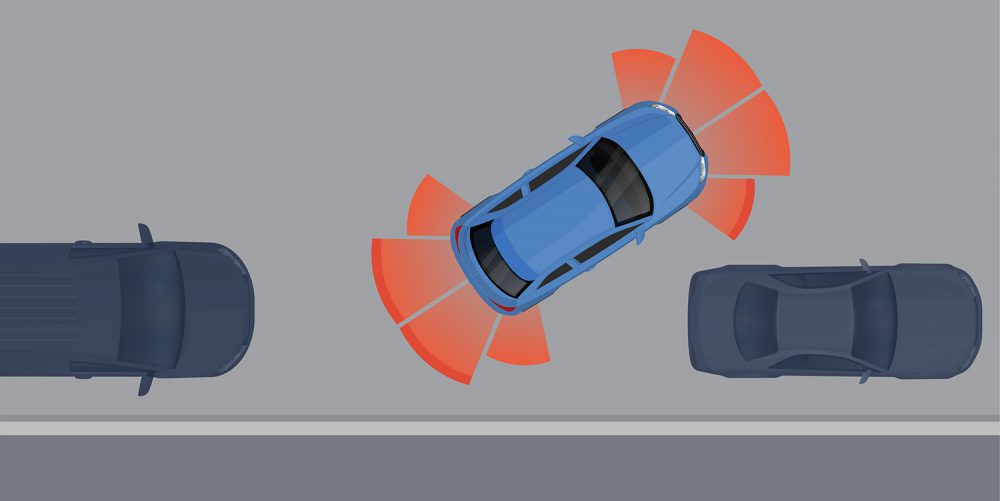Park Assist
What is park assist?
A self-parking system first surfaced with the Toyota Prius in 2003 and had limited ultrasonic technology in order to alert the driver when they got too close to another car or any surface. Since then, the technology has upgraded considerably, allowing for drivers to see on the dashboard their parking, and how well they fit in the parking space.

What does park assist do?
They prevent the driver from hitting other cars, pedestrians, kerbs, or anything else which may damage your car or others. The technology makes parking a lot easier for the driver and prevents any accidents from occurring during a tricky parking manoeuvre.
How does park assist work?
You’ll engage the system by pressing the ‘park assist’ button and if you struggle to find it, refer back to your car’s manual. Depending on the type of park assist system you have, alerts and manual work may differ from car to car. With more basic park assist systems, ultrasonic technology is installed in the bumpers of the car to sense the surroundings and if the driver becomes too close, they are alerted by a loud beeping noise.
A more complex park assist system can involve a variety of features, including 360-degree camera vision and fully autonomous self-parking. Complex park assist systems are more expensive but highly sought after, proving their ability and their usefulness. It is predicted that by 2021 some of the largest car manufacturers, including Ford and Volvo, will have fully autonomous vehicles on the road.